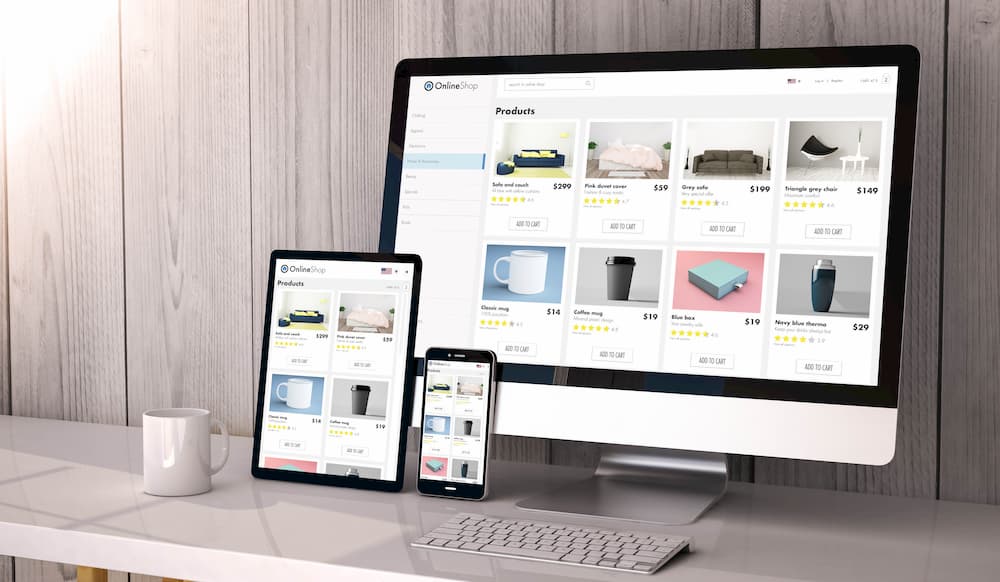Multichannel and omnichannel are common retail buzzwords. But what exactly do they mean? How can an omnichannel or a multichannel experience come to your rescue once your business gets suddenly stuck in a rut? Read on to learn more.
Retail Business Trends
To better understand what multichannel and omnichannel terms mean, one has to first understand today’s retail business trends. Consumers today, particularly those in the Gen X and Millennial generations are no longer swayed by the price tag. What matters to them the most are brands that can quickly respond to their expectations and at the same time, offer them unique customer experience. That is exactly where the terms omnichannel and multichannel come in.
Multichannel
The multichannel concept has been around for longer compared to ominchannel. As the name suggests, it refers to different ways in which a merchant can market and sell to customers. It is often referred to as the ‘wheel model’ with the service or product you offer at the center. Customers are outside the wheel while the spokes represent the marketing or sales channels that enable customers to directly interact with you. Examples of these channels include brochures and catalogues.
The more channels you have, the more likely you will interact with your customers and the more likely they will actually buy from you. This is interesting because studies indicate that more than 70% of consumers will quickly switch brands if they do not receive consistent experience across the channels they often buy through. Developments in technology particularly in the social media world have made the multichannel approach ideal in retail. eBay and Amazon can now be accessed through apps which are the new channels retailers can interact with customers. In short, the multichannel approach has an endless stream of spokes or if you may, several channels through which a retailer can interact with his or her customers.
Omnichannel
While the multichannel approach looks at the different strategies in which consumers can interact and eventually purchase your brand, the omnichannel approach pulls these strategies out of their siloes. Instead, the omnichannel approach seeks focus on the most effective way to deliver consistency. It also focuses more on customer experience than any other factor.
It is also important to note that the multichannel approach is concerned about practicalities and the intrigues that lay on the pathway to purchase. Omnichannel seems to do the exact opposite. It focuses on inserting a brand into the peripheral vision of existing and prospective customers. This presents a unique and interesting dilemma because the vast majority of today’s consumers use multiple channels when deciding what to purchase even when they tend to revert to the exact same channel so as to complete a transaction.
What Works Best?
It is hard to pinpoint what works best for a retail business without taking into account factors like the type of product or service what offers or the target market. Either way, omnichannel stands out as the best way to easily build trust with new customers. It allows a new customer to get familiar with your brand. Multichannel on the other hand means each channel through which customers interact with you is an independent and unique purchase opportunity. A blend of these two strategies will work just fine in a retail business that seeks to cater for all demographics.
